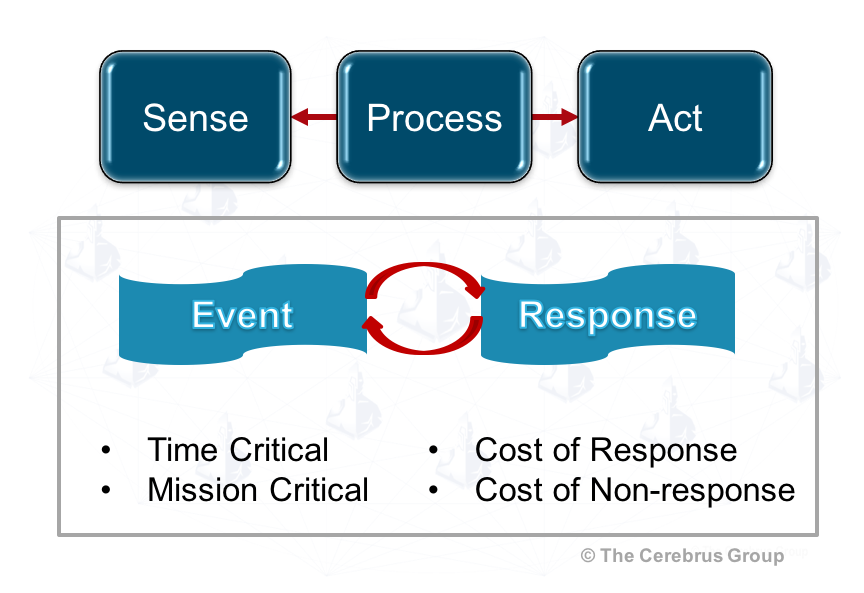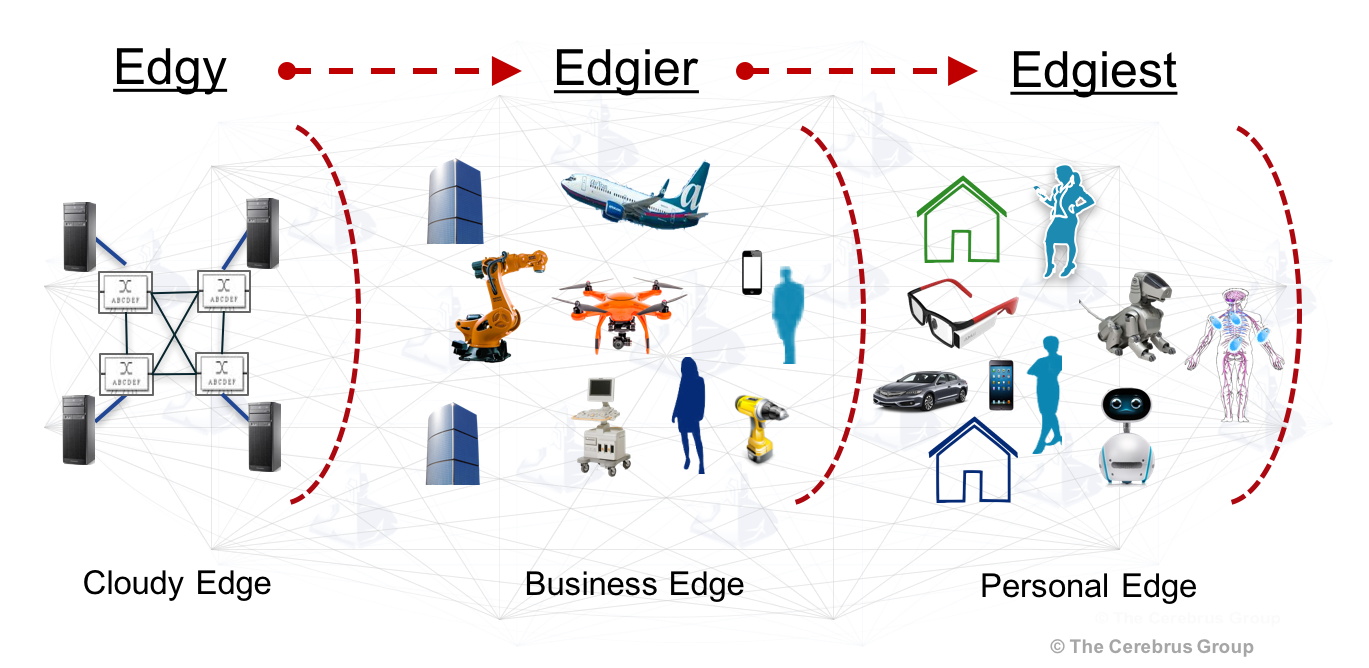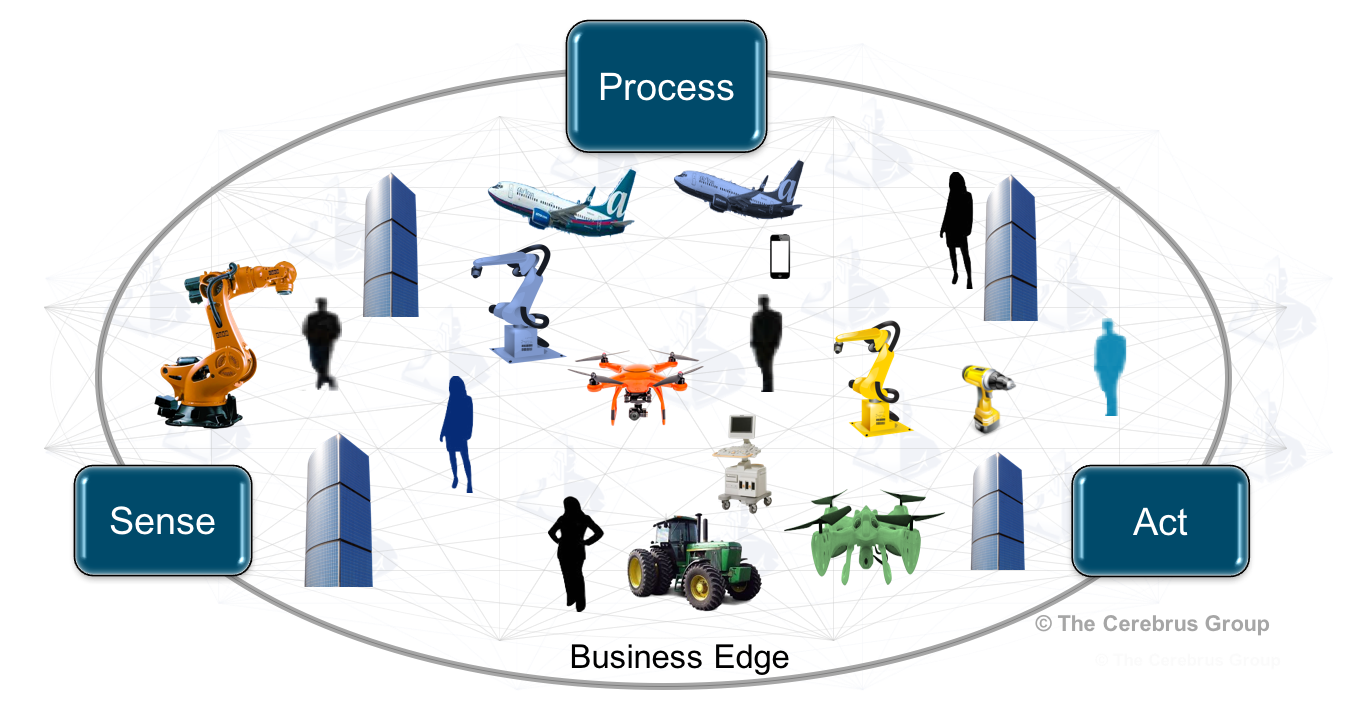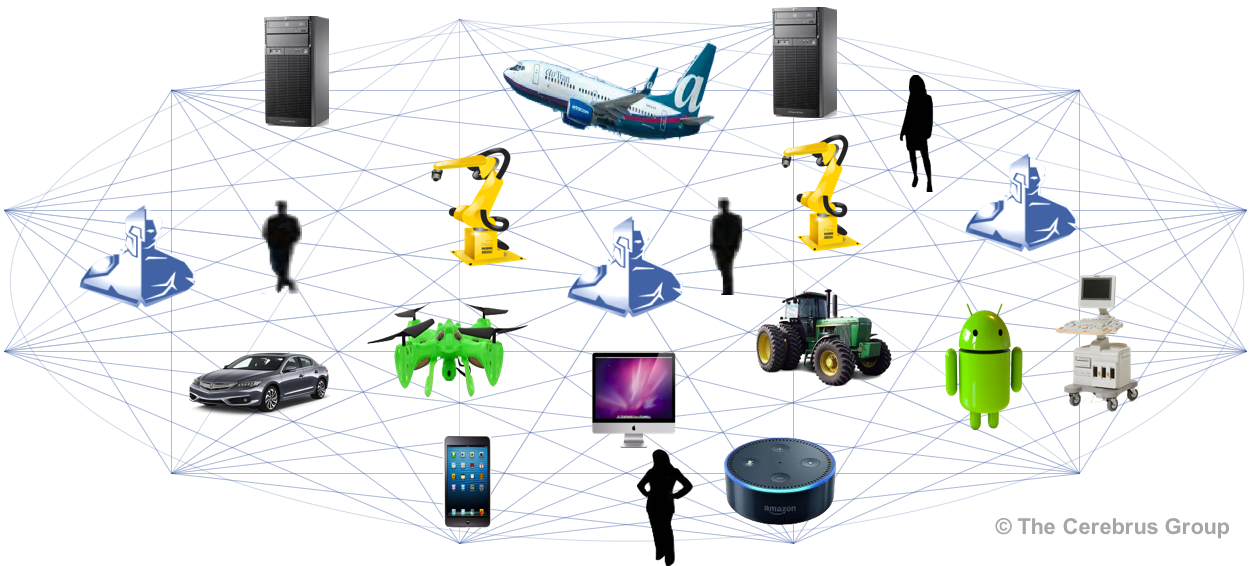What is Proximity Computing? - Explanation and the 3 Types
What is Proximity Computing? - Explanation and the 3 Types
- Last Updated: December 2, 2024
Hari Harikrishnan
- Last Updated: December 2, 2024



Edge computing is a means of processing data physically close to where the data is being produced, i.e. where the things and humans are - in the field area, homes, and remote offices.
Since they don't live in the cloud, we need to complement cloud computing with many forms of computing at the edge to architect IoT solutions.
Discussions about edge computing often overlook how many types of “edge” computing there are. We'll take a look at the fundamental drivers for edge computing and the many types of edges to consider.
Since we're referring to computing close to the source of things, data, and action, I will use a more generic term for this type of data processing: proximity computing.
The Economics of Proximity Computing
Events in our world need a timely response either for good user experience (“changing TV channels”) or to avoid catastrophes (“gas line leak”).

As these events occur, we need to choreograph complex systems to Sense, Process, and Act (SPA). The cost of SPA’ing is a function of local vs. remote processing costs, network connectivity costs and remote systems management costs.
Size and power aside, proximity computing balances the timeliness of responding to an event with the cost of that response. Legal restrictions on data traversing jurisdictions further drive the need for proximity computing.
Many-Edged Landscape - Types of Proximity Computing
When it comes to optimal proximity computing, there are many edges to consider. I think of them as: the Personal Edge, the Business Edge, and the Cloudy Edge. These three edges deploy SPA (Sensing-Processing-Acting) to a varying set of problems in different environments, for optimal, automated response, like when your lawn mower is stolen.

We will explore each edge separately from personal to cloud and their drivers.
1) The Personal Edge
This Edge surrounds our person and is sometimes inside us. It's at home. It comprises of home robots, smart eyeglasses, smart pills, sensors under your skin, watches, home automation systems, your Amazon Echo and your smartphones. Call it Alexa edge, or Siri edge or by your favorite gadget name.
Collectively this edge is mobile. Devices from the personal edge moves in and out of the business edge as we move between home and work.

We'll hear more about this edge in the next 5 years as intelligent home devices, digital health, and other personal devices proliferate.
2) The Business Edge
This is the most talked about Edge. Connected machines and people galore here. It's in our carpeted offices, in uncarpeted spaces, out in the open where we work and play.
Many IoT discussions seem to presume that this is the only edge. Every IoT discussion extols the virtues of this Edge. So I’ll be brief. Mission-critical SPA (“Sensing-Processing-Acting”) goes on in this realm especially as Industrial IoT gathers momentum.

Many vendors are providing application development environments to enable development of edge applications and analytics. Amazon Lambda Greengrass and Azure IoT hub are examples of such software.
3) The Cloudy Edge
This is the least talked about Edge, but the oldest edge. It's a topological term in the service provider or enterprise network edge where traffic first entered from dial-up modems (yes, those screeching devices from the ‘90s!) in homes, or from remote branch offices.
This used to be a mere network-edge without any computing capacity. They were called PoPs (points-of-presence).

The demand for application performance and content delivery required the network edge to add applications and data. Modern day Edge Data Centers fulfill that need. Content Delivery Networks (CDN) leverage them so that we get better page and video loads. This edge is now enhanced with Mobile Edge Computing, as mobile app performance needed to get better. We do it by colocating Radio Access Network (RAN) PoPs and applications.
So the old PoP got edgy with content and computing. SP edge, mobile edge, and enterprise edge came together to be the Cloud’s Edge. This edge still stays relevant to ensure application performance and smooth content delivery.
Summary
There are many ways to describe what IoT is. They will all be right. Some more comprehensive than the other.
One such description is: IoT = Distributed artificial and human intelligence across a labyrinth of connected devices.

Technologies like AWS Lambda and its edge cousin Greengrass are helping accelerate the creation of this distributed intelligence. How you create your distributed application intelligence across the personal, business, and cloud edge will depend on your application, the costs, and the regulations involved. We will see reference architectures evolve to support new application patterns for IoT.
The Most Comprehensive IoT Newsletter for Enterprises
Showcasing the highest-quality content, resources, news, and insights from the world of the Internet of Things. Subscribe to remain informed and up-to-date.
New Podcast Episode

Moving Past the Pilot Phase in IoT and AI
Related Articles


